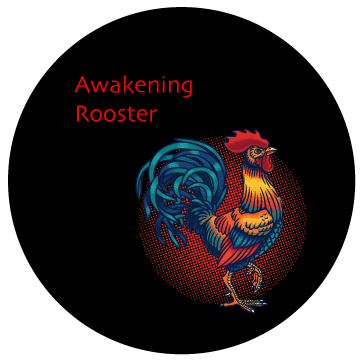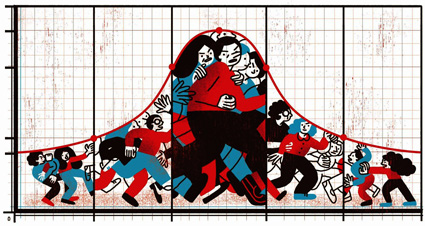Disinformation, Misinformation & Malinformation in Market Research
Information is highly valued in modern society. It appeals to our rational sense and the fundamental idea that it is essential for correct decision-making. Today, traditional information sources (media, governments, brands, and institutions) face the challenge of providing information attractively so their target can value its content within an information and content universe that finds new communicators thanks to social media. It has become very challenging for the public to identify credible content and sources for their information needs.
Continue reading









